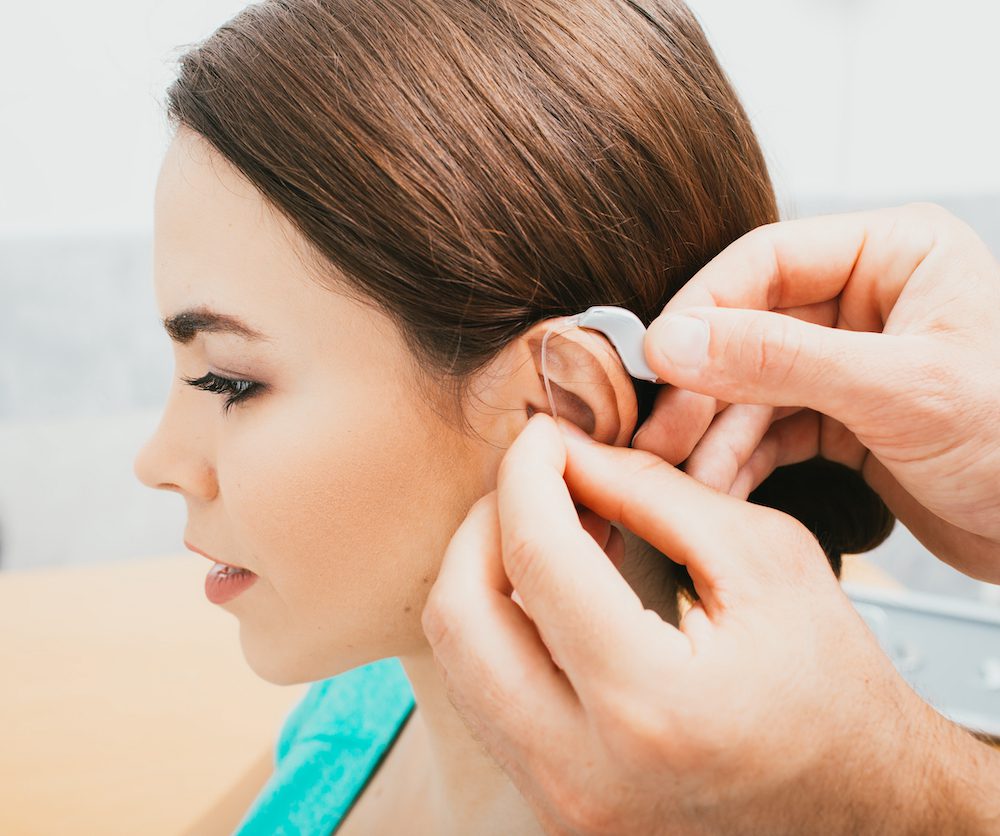
Hearing aids are devices that help you hear clearly by making sounds louder. And as you get older, your ability to hear can decrease. That is why many adults start looking for solutions to improve their hearing when they reach a certain age. Fortunately, there are now different hearing aids available on the market that can be tailored to one’s specific needs based on an audiological assessment during a professional fitting session.
Let’s take a look at what you need to know about this important appointment before your first meeting with your audiologist.
What to Take With You
Before you go to your appointment, make sure you have all the necessary information handy. This will make it easier for you to navigate the entire process and have everything organized so you can focus on the audiological evaluation and try on different hearing aids. Here is a list of things you need to take with you to your fitting:
- A detailed medical history: This will help your audiologist understand any additional health conditions you may have to determine which type of hearing aid is best for you.
- A list of all medications you are currently taking: This information will help your audiologist plan a fitting that is safe for you and your specific situation.
- A list of all allergies: You may be allergic to certain materials used to construct specific hearing aid models, so it’s important to list everything you are allergic to and let your audiologist know about it.
- A list of lifestyle habits: This will help your audiologist understand any additional lifestyle factors that may affect your hearing loss, such as smoking, stress level or consumption of alcohol or caffeine.
- A list of questions you want to ask your audiologist: This will help you get all the information you need to select the right hearing aid for you and make a more informed decision.
What to Expect During a Hearing Aid Fitting
Your audiologist will talk you through everything when it comes to your hearing aid fitting. So, you’ll never be in the dark about what’s happening. Here are a few things you can expect during your visit.
Medical Assessment
A medical assessment may be conducted if you have a particular health condition that might affect your hearing loss, such as diabetes or hypertension. During an assessment, your audiologist will ask you questions about your health and lifestyle to understand how it affects your hearing loss.
Hearing Test
A hearing test may be conducted to determine the type and severity of your hearing loss. This procedure is often combined with a hearing questionnaire to get a more accurate result. During a hearing test, you will be asked to wear a pair of headphones and listen to different sounds, such as speech, ringing phones and music.
Receive A Recommendation
Your audiologist will go over the hearing test results and give you guidance on the hearing aid that best suits your needs. You may receive a recommendation for different hearing aids such as behind-the-ear (BTE) or in-the-ear (ITE) devices. BTE hearing aids are worn behind the ear, and ITE devices are worn in the outer ear bowl.
BTE and ITE are two of the most popular hearing aids on the market. BTE designs are often worn by people with mild-to-moderate hearing loss. On the other hand, ITE hearing aids are recommended for people who have more severe hearing loss. Your audiologist will also recommend a specific hearing aid model based on your hearing loss and lifestyle.
Once you’ve decided on a hearing aid, your audiologist will make sure that everything works for you, and that the hearing aid fits perfect for your needs. This is also a chance for you to ask any burning questions. Don’t worry if you forget anything. You can always call back or head online for reputable information.



